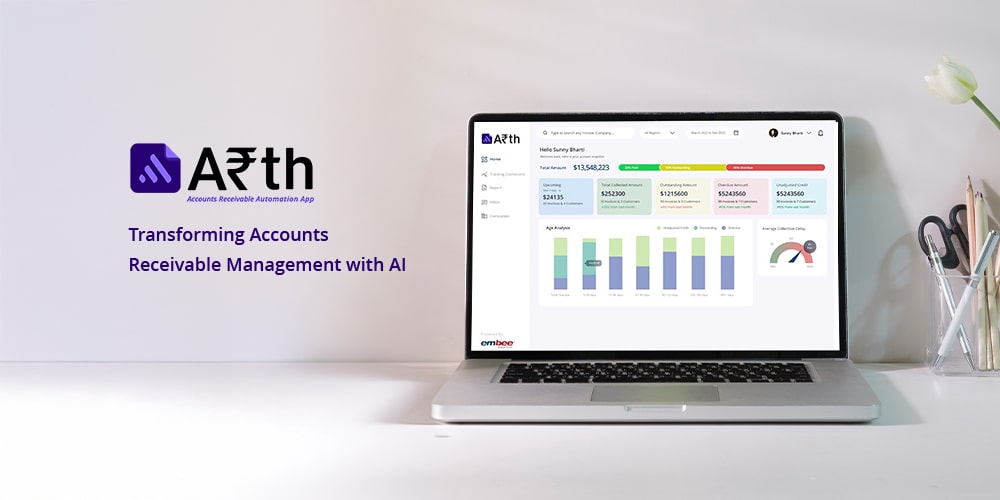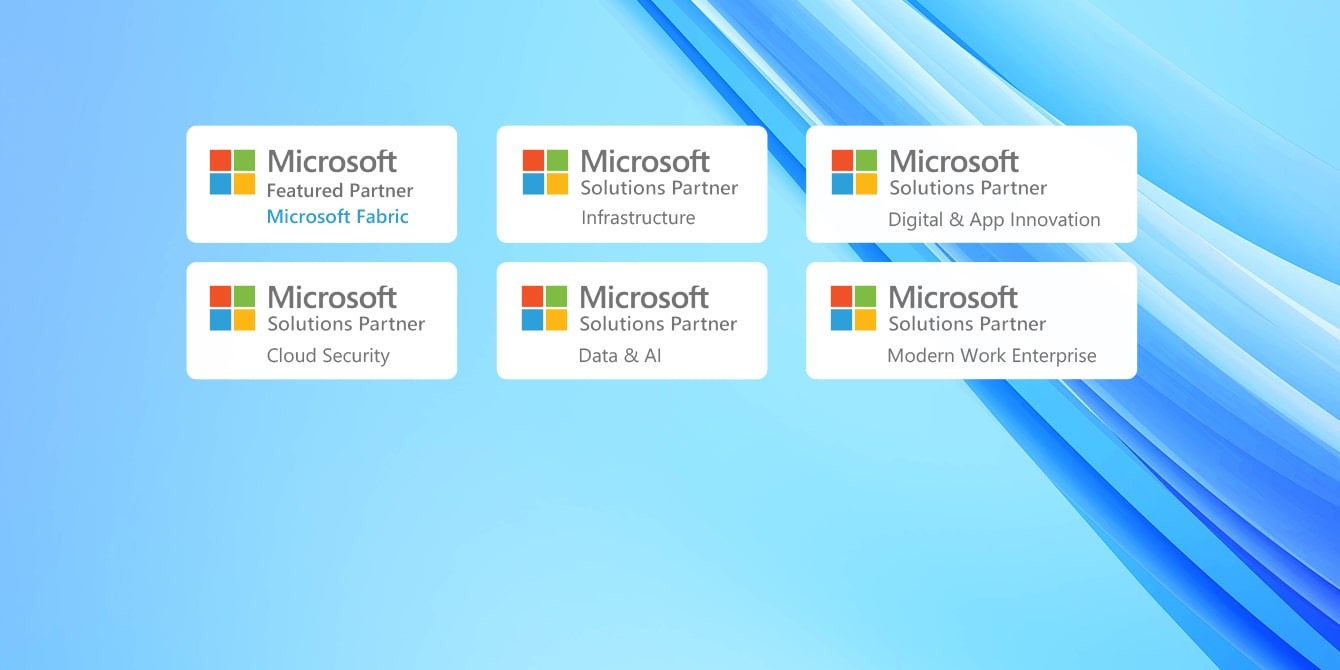Azure Active Directory (Azure AD) has long been a foundational identity and access management solution, trusted by organizations worldwide to secure user access and enhance productivity.
In July 2023, Microsoft announced a significant branding change: Azure AD was officially rebranded to Microsoft Entra ID. While this rebranding primarily represents a marketing shift, IT administrators and technology executives must clearly understand its nuances to ensure smooth operations.
It’s important to emphasize that despite the name change, the core functionalities, APIs, URLs, service level agreements (SLAs), and pricing structures have remained consistent. However, the rebranding reflects Microsoft’s broader strategy to unify its expanding identity and access management offerings under the “Entra” umbrella.
In this detailed guide, we’ll examine exactly what has changed, explore the impact of these updates on hybrid identity environments, pricing structures, and the implications specifically for IT leaders such as CIOs, CTOs, and system administrators.
Understanding the Rebranding: Azure AD to Microsoft Entra ID
Microsoft officially transitioned Azure AD to Microsoft Entra ID on July 11, 2023. This change was primarily motivated by Microsoft’s vision to create a unified, comprehensive identity management platform that integrates seamlessly across hybrid, multi-cloud, and multi-platform environments.
The rebranding aligns Azure AD with the broader Microsoft Entra product family, emphasizing Microsoft’s commitment to evolving and expanding identity capabilities in the digital era.
Key points to understand about this rebranding include:
- No technical changes: Core features, APIs, endpoints, and URLs remain identical to what organizations have been using previously.
- Licensing and Pricing Stability: Existing Azure AD licenses were renamed but maintained their capabilities and costs:
- Azure AD Free → Microsoft Entra ID Free
- Azure AD Premium P1 → Microsoft Entra ID Premium P1
- Azure AD Premium P2 → Microsoft Entra ID Premium P2
- Service continuity: Service levels (SLAs) have not been impacted; all previous Azure AD functionalities, including single sign-on (SSO), multi-factor authentication (MFA), and conditional access, are seamlessly transitioned to Microsoft Entra ID.
In essence, the rebranding is strategic, and not technical users continue to enjoy the same robust features and stability. However, it marks a clearer, more unified identity vision, empowering organizations to leverage expanded capabilities under the Entra product suite.
Feature Comparison: Azure AD vs Microsoft Entra ID
While the rebranding from Azure AD to Microsoft Entra ID primarily represents a strategic shift rather than a technological overhaul, it’s important for IT leaders and administrators to recognize precisely what has changed and more importantly, what remains consistent.
Core Capabilities Remain Unchanged
Microsoft Entra ID retains the robust identity management features organizations previously relied upon in Azure AD. These include:
- Single Sign-On (SSO): Unchanged capabilities enabling seamless user access across applications.
- Multi-Factor Authentication (MFA): Continues delivering secure authentication through multi-layered verification.
- Conditional Access: Policy-driven controls remain the same, allowing IT teams to enforce context-based security.
- Privileged Identity Management (PIM): Unaffected functionalities, still enabling efficient management of elevated permissions.
These core identity and access capabilities are carried forward entirely intact under the Microsoft Entra ID brand.
Enhanced Identity Governance Under Microsoft Entra
Microsoft’s broader Entra product suite expands identity governance capabilities, offering IT teams new opportunities to streamline and enhance user lifecycle management. These expanded or newly emphasized capabilities include:
- Identity Governance Enhancements: Advanced lifecycle management, access reviews, and compliance auditing capabilities, ensuring tighter identity control and governance.
- Verified ID: Microsoft Entra Verified ID introduces decentralized identity capabilities, empowering organizations with more secure and verifiable credentials management.
- External ID: Improved management of external identities (e.g., partners, vendors, customers) through comprehensive and secure identity solutions, significantly enhancing B2B collaboration scenarios.
- Workload Identity: Dedicated solutions for managing the identities of workloads and automated processes, ensuring more secure integrations and inter-application authentication.
Microsoft Entra ID thus emerges not merely as a rebrand of Azure AD but as a cornerstone of an enhanced identity governance ecosystem within the broader Entra family.
Hybrid Identity Management: Updates and Improvements
Managing hybrid identities those spanning both on-premises Active Directory and cloud-based Entra ID is critical for organizations undergoing digital transformation. Microsoft’s rebranding provides greater clarity and continuity for hybrid identity scenarios.
Azure AD Connect is Now Entra Connect
Azure AD Connect, which synchronized on-premises Active Directory with Azure AD, has transitioned seamlessly to Entra Connect. Importantly:
- Functional Continuity: There are no feature changes or operational disruptions; synchronization capabilities remain fully intact.
- Seamless Transition: Organizations using Azure AD Connect require no reconfiguration or operational downtime during this transition.
Entra Domain Services: Reduced Management Overhead
Microsoft Entra Domain Services (formerly Azure AD Domain Services) continues to streamline hybrid identity management by automating synchronization processes. Key updates and improvements include:
- Automatic Synchronization: Users, groups, and password hashes are now automatically synchronized, significantly reducing manual administrative overhead.
- Enhanced Operational Efficiency: IT administrators benefit from minimized manual intervention and reduced complexities in managing hybrid environments.
With these updates, Microsoft Entra ensures continuity and efficiency in hybrid identity management, providing peace of mind and operational stability for IT teams.
Pricing and Licensing Changes Explained
An important clarification for IT administrators and executives is understanding the implications of Microsoft’s branding change on existing pricing and licensing.
SKU Renaming, Pricing Stability
Microsoft Entra ID introduced straightforward renaming of previous Azure AD pricing tiers with no change to costs or functionalities:
- Azure AD Free → Microsoft Entra ID Free
- Azure AD Premium P1 → Microsoft Entra ID Premium P1
- Azure AD Premium P2 → Microsoft Entra ID Premium P2
Consistency in Microsoft 365 Licensing
For organizations utilizing Microsoft 365 packages, especially E3 and E5 subscriptions, the inclusion of identity services remains unaffected. The existing benefits and feature sets associated with Azure AD Premium continue unchanged under the Entra ID naming convention.
This ensures predictable budget planning and license management, minimizing confusion or financial impact from the rebranding effort.
What the Rebrand Means for IT Administrators
The rebranding, while technically straightforward, requires proactive attention from IT administrators to ensure clarity and smooth operational management. Recommended actions for IT administrators include:
- Updating Internal Documentation: Ensure internal knowledge bases, training materials, and communications reflect the new branding (Entra ID).
- User Communication: Clearly communicate changes to end-users, emphasizing no impact on their existing workflows.
- Minimal Operational Disruption: Understand that no reconfiguration or major adjustments to existing deployments are necessary.
Proactive internal communication and clear guidance can mitigate confusion, ensuring users and administrators remain confident in identity management capabilities.
Implications for CIOs, CTOs, and IT Leaders
Strategically, this rebranding presents IT executives with opportunities rather than challenges. CIOs and CTOs should consider:
- Consolidation of IAM Procurement: The unified Entra product family simplifies procurement and reduces management overhead by consolidating various identity solutions under one brand.
- Advanced Governance Capabilities: Leverage enhanced capabilities of Microsoft Entra, including Verified ID and External ID, to modernize identity management and governance strategies.
- Future-Proofing Investments: Aligning investments with Microsoft’s strategic identity roadmap ensures long-term sustainability, interoperability, and innovation in identity governance.
Executives can thus transform this rebranding into strategic gains, aligning identity management more closely with organizational goals and security best practices.
Microsoft Entra Suite Expansion and Future Roadmap
Microsoft continues expanding the Entra suite significantly beyond traditional Azure AD capabilities. These solutions include:
- Microsoft Entra External ID: Facilitates secure collaboration with external partners and users through robust identity governance and management.
- Microsoft Entra Verified ID: Provides decentralized identity management capabilities, enhancing credential security and verification.
- Workload Identity: Robustly secures identity management for automated workloads and services.
- Microsoft Entra Internet Access & Private Access: Offers comprehensive Zero Trust access solutions, further enhancing organizational security posture.
Organizations are encouraged to monitor Microsoft’s official communication channels, including the Microsoft 365 Roadmap and the Message Center, for ongoing updates and new features within the Entra suite.
Summing Up
The rebranding of Azure AD to Microsoft Entra ID signifies Microsoft’s commitment to evolving its identity management solutions into a more comprehensive, integrated suite. While the underlying technology remains stable, the strategic implications provide clear benefits for governance, administration, and strategic alignment with organizational goals.
For organizations, clear understanding and proactive management of this change can result in improved governance, streamlined operations, and future-proofed identity management strategies. Embee Software remains committed to helping organizations seamlessly transition and fully leverage Microsoft Entra’s extensive capabilities.





















































